- Home
- About Us
- Products
-
Heat-Pump Dehumidifier DeAir
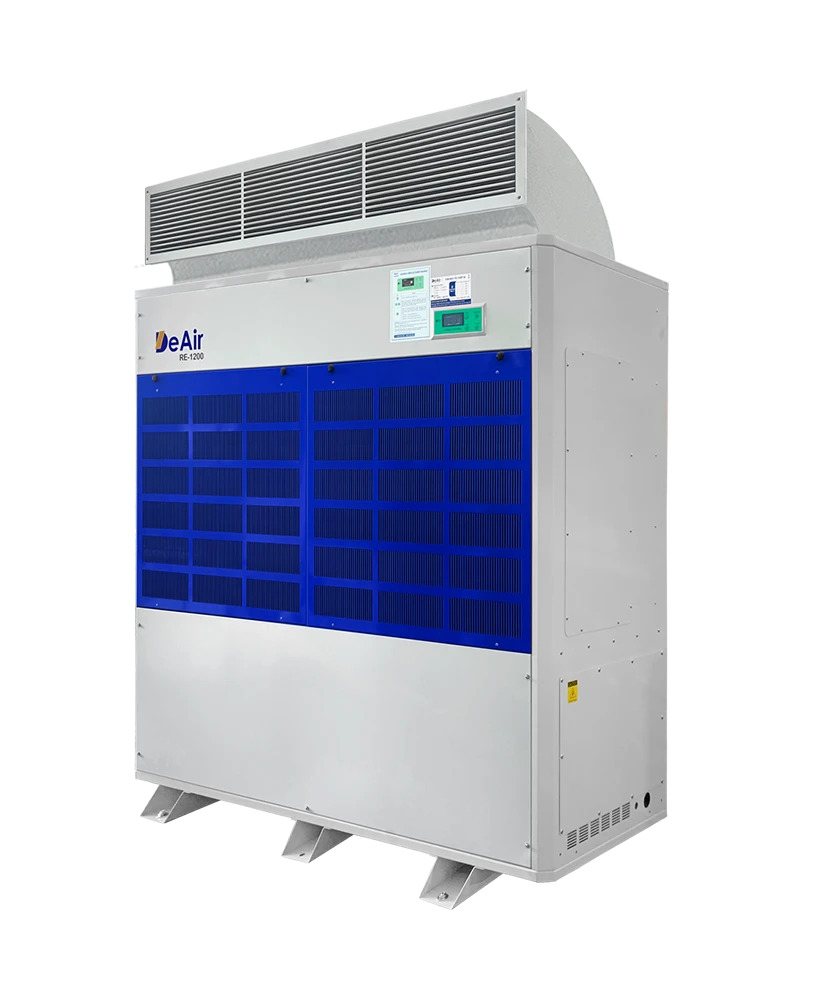 DeAir.RE
DeAir.RE -
Heat-Pump Dryer DeAir.RE-H
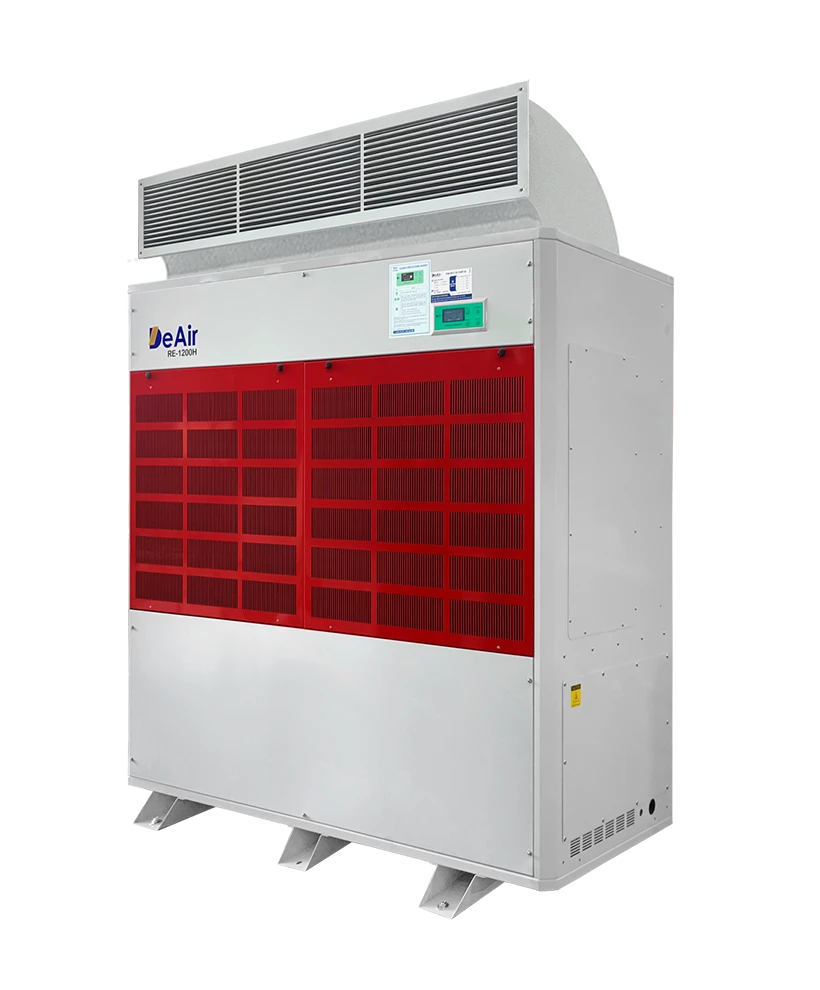 DeAir.RE-H
DeAir.RE-H -
Heat-Pump Stainless Steel Dehumidifier
 DeAir.RE-INOX
DeAir.RE-INOX -
Heat-Pump Isothermal Dehumidifier DeAir.CRE
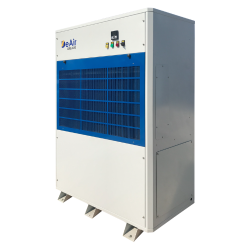 DeAir.CRE
DeAir.CRE -
Dezenno Dehumidifier
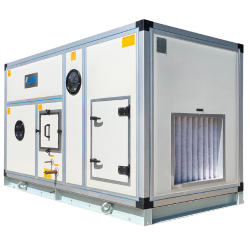 Dezenno
Dezenno -
Heat-Pump Ceiling Mounted Dehumidifier DeAir
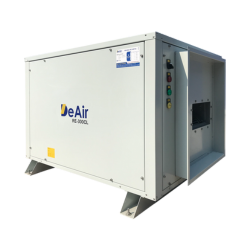 DeAir.RE-CL
DeAir.RE-CL -
Dehumidifier Olmas
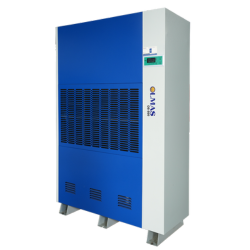 Olmas-OS
Olmas-OS -
Industrial Humidifier DeAir
 DeAir.HM
DeAir.HM -
Heat-Pump Dryer Daxwell
 Daxwell
Daxwell -
Electric Duct Heater DeAir
 DeAir.Heat
DeAir.Heat -
Air Handling Unit Dezenno.MAX
 AHU
AHU
-
- Services
- Projects
- Warranty – Maintenance
- News
- Contact
Dehumidifiers for the Garment Industry: Comprehensive Solutions from DeAir
29/05/2025
Moisture Control in the Garment Industry: In-Depth Solutions from DeAir
The garment industry is one of the most crucial industrial sectors, demanding precision and strict quality control at every stage of production. A key factor directly affecting product quality and production efficiency is air humidity. Maintaining an optimal humidity environment not only protects raw materials and machinery but also enhances labor productivity and brand reputation.
To thoroughly address these issues, applying industrial dehumidifiers, especially dehumidifiers for the garment industry is absolutely essential. DeAir is proud to offer specialized industrial dehumidifier solutions, helping your garment factory maintain an ideal production environment.

The Importance of Humidity Control in the Garment Industry
Air humidity plays a pivotal role in the garment industry. Both excessively high and low humidity can cause significant negative impacts:
- For raw materials (fabric, yarn, thread, accessories):
- High humidity: Creates conditions for mold and bacteria growth, especially on natural fibers (cotton, linen, silk), causing unpleasant odors, discoloration (yellowing, black spots), and reducing fiber strength. Fabric fibers absorb moisture, swelling, leading to size and weight discrepancies, affecting cutting and sewing accuracy. Dyes can oxidize or hydrolyze, causing color fading and bleeding. Metal accessories can rust, and leather/imitation leather can mold and peel.
- Low humidity: Makes fibers brittle and easily broken, reducing fabric strength. Increases static electricity, causing fabric to attract dust, layers of fabric to stick together (making cutting difficult), and causing discomfort for workers.
- For the production process:
- Cutting stage: High humidity makes fabric sticky and difficult to lay flat. Low humidity causes static electricity, making fabric layers cling together, affecting accuracy.
- Sewing stage: Moist sewing threads easily break. Sewing machine needles easily rust. Modern electronic machinery can be affected by high humidity.
- Finishing stage (ironing, pressing glue): Humidity affects glue pressing quality and adhesion. Ironing is more difficult if the fabric is too moist or too dry.
- Printing, embroidery: Humidity affects ink adhesion and embroidery quality.
- For finished products: Easily subject to mold, discoloration, and unpleasant odors when stored or transported in humid environments. Leads to reduced product quality and lifespan, causing loss of brand reputation with customers.
- For machinery and equipment: Metal components are prone to corrosion and rust in high humidity environments, reducing lifespan and accuracy. Electronic components can malfunction and be damaged.
- For the working environment: Humid environments affect worker health and productivity.
- Increased costs: Increased costs for handling defective products and machinery maintenance.
The ideal humidity level for the garment industry typically ranges from 50% - 65% RH (Relative Humidity).
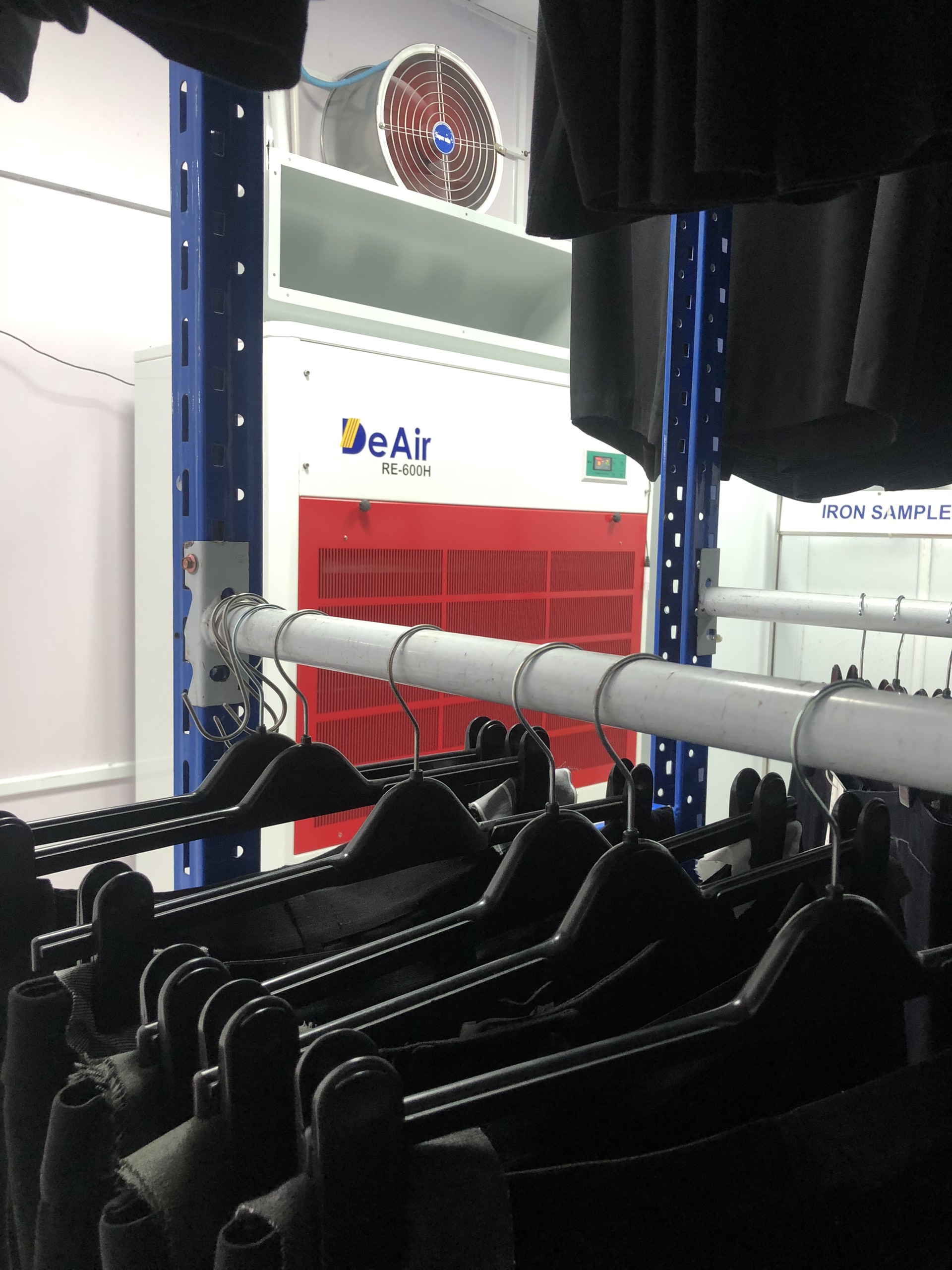
Humidity Control Solutions with Industrial Dehumidifiers
To thoroughly address the above issues, implementing humidity control solutions is crucial. Industrial dehumidifiers are among the most effective and popular solutions, especially when looking for dehumidifiers for the garment industry.
Operating principle: Popular industrial dehumidifiers operate based on the condensation principle. Humid air is drawn in, passes through a cooling coil, where water vapor condenses into water and flows out. Drier air is then blown back into the environment. Some machines use desiccant rotor technology for applications requiring very low humidity or operating at low temperatures.
Benefits of industrial dehumidifiers in the garment industry:
- Protect raw materials and finished products from mold and bacteria.
- Enhance product quality by ensuring the physical and mechanical properties of fabrics, and precision in cutting and sewing.
- Optimize production processes, minimizing issues like sticky fabrics, static electricity, and thread breakage.
- Protect machinery and equipment from rust and corrosion, extending their lifespan.
- Improve the working environment, creating a dry and airy space, enhancing worker health and productivity.
- Save costs by reducing defective product losses, maintenance costs, and energy compared to using air conditioners for drying.
DeAir Dehumidifiers Specialized for the Garment Industry
DeAir is a reputable company in Vietnam specializing in manufacturing HVAC equipment, especially industrial humidity control equipment, including industrial dehumidifiers and AHUs. DeAir prides itself on a team of experienced and dedicated experts in moisture control. With the slogan "Heat-Pump moisture control solutions for savings!", the company focuses on developing Heat Pump dehumidifier solutions that significantly save energy.
DeAir Dehumidifier Models Suitable for the Garment Industry:
- Heat-Pump Dehumidifier DeAir.RE: The main line for industrial applications, with a diverse capacity range, using energy-saving Heat Pump technology.
- Heat-Pump Dryer DeAir.RE-H and Heat-Pump Dehumidifier with INOX casing DeAir.RE-H: Similar to the RE line but with an optional additional heater, the INOX line features a 304 INOX casing, suitable for environments requiring high hygiene or with mild corrosive properties.
- Ceiling-mounted Heat-Pump Dehumidifier DeAir.RE-CL: Ceiling-mounted design saves floor space, distributing dry air evenly from above, ideal for workshops with limited floor area.
- Isothermal Dehumidifier DeAir.CRE (Floor-standing & Ceiling-mounted): A special line that controls humidity without significantly increasing room temperature. This is crucial in temperature-sensitive processes or areas with many workers/machines emitting heat, maintaining a more stable environment for both humidity and temperature.
- Rotor Dehumidifier Dezenno: Uses absorption technology, suitable for applications requiring very low dew points or operating at low ambient temperatures.
Additionally, DeAir also provides Olmas industrial dehumidifiers suitable for medium-scale operations with temperatures ranging from 15°C - 40°C.

Consultation for Choosing DeAir Dehumidifiers for Each Area in a Garment Factory
To choose the most suitable model and capacity for your dehumidifier needs in the garment industry, contacting DeAir directly for survey and consultation is essential. Below are suggestions based on typical needs for each area:

-
Raw material storage (fabric rolls, yarn, thread, accessories):
- Need: Stable humidity (usually 50-60% RH) to prevent mold, insects, and maintain material integrity.
- DeAir machine suggestions:
- DeAir.RE (Floor-standing): Basic line with a wide capacity range. Suitable models can be DeAir.RE-60, DeAir.RE-150, DeAir.RE-300, DeAir.RE-600, DeAir.RE-1200 depending on warehouse volume.
- DeAir.RE-CL (Ceiling-mounted): Saves warehouse floor space, allowing dry air to circulate from above. Models like DeAir.RE-60CL, DeAir.RE-100CL, DeAir.RE-150CL, DeAir.RE-300CL, DeAir.RE-600CL.
- DeAir.CRE (Floor-standing or Ceiling-mounted): If maintaining stable temperature in the warehouse is a priority (e.g., to avoid condensation during goods loading/unloading). Model DeAir.CRE-600 (floor-standing) or DeAir.CRE-300CL to DeAir.CRE-600CL (ceiling-mounted).
-
Fabric cutting workshop:
- Need: Humidity control (usually 55-65% RH) to avoid static electricity and ensure fabric does not shrink or stretch, allowing precise cutting. The working area needs to be well-ventilated.
- DeAir machine suggestions:
- DeAir.RE-CL (Ceiling-mounted): The most optimal choice to save floor space and distribute dry air evenly. Large capacity models like DeAir.RE-CL150, DeAir.RE-CL300, DeAir.RE-CL600 are suitable.
- DeAir.CRE (Ceiling-mounted or Floor-standing): Ideal if you want to maintain a comfortable temperature for workers and avoid affecting fabric properties due to temperature changes. Model DeAir.CRE-600 (floor-standing) or DeAir.CRE-150CL to DeAir.CRE-600CL (ceiling-mounted).
- DeAir.RE (Floor-standing): Large capacity models suitable for the area can also be used. For example: DeAir.RE-300, DeAir.RE-600 or larger.
-
Sewing workshop:
- Need: Humidity (usually 55-65% RH) to protect sewing machines (avoiding needle rust, electronic component damage), prevent thread breakage, and create a comfortable working environment for workers. Sewing workshops often have many machines and workers generating heat.
- DeAir machine suggestions:
- DeAir.RE-CL (Ceiling-mounted): The top choice similar to the cutting workshop to save space and distribute dry air evenly. Models DeAir.RE-CL150, DeAir.RE-CL300 or larger.
- DeAir.CRE (Ceiling-mounted or Floor-standing): Most ideal for sewing workshops as it helps control humidity effectively without significantly increasing room temperature, greatly improving worker comfort. Model DeAir.CRE-600 (floor-standing) or DeAir.CRE-150CL to DeAir.CRE-600CL (ceiling-mounted).
- DeAir.RE (Floor-standing): Large capacity models suitable for the area can also be used.
-
Product finishing area (ironing, glue pressing, quality inspection):
- Need: Humidity (usually 50-60% RH) to support the finishing process and quality control. This area typically has higher temperatures due to ironing/pressing equipment.
- DeAir machine suggestions:
- DeAir.RE (Floor-standing): Suitable capacity models like DeAir.RE-60, DeAir.RE-150.
- DeAir.CRE (Floor-standing or Ceiling-mounted): Smart solution to avoid further increasing the already high temperature of this area. Model DeAir.CRE-600 (floor-standing) or DeAir.CRE-150CL to DeAir.CRE-600CL (ceiling-mounted).
- DeAir.RE-H (INOX casing): Can be considered if the environment has high moisture or requires high durability.
-
Finished product warehouse (packaging, storage before shipping):
- Need: Low and stable humidity (usually 50-55% RH, possibly lower depending on market requirements) to prevent mold and reduce the risk of damage during storage and transportation.
- Gợi ý máy DeAir:
- DeAir.RE (Floor-standing): Wide capacity range from small to large depending on warehouse size. Model DeAir.RE-60 to DeAir.RE-1200.
- DeAir.RE-CL (Ceiling-mounted): Suitable for large warehouses needing space optimization. Model DeAir.RE-60CL to DeAir.RE-600CL.
- DeAir.CRE (Floor-standing or Ceiling-mounted): If maintaining temperature stability in the warehouse is also important (e.g., to avoid condensation due to temperature differences when packaging export goods). Model DeAir.CRE-600 (floor-standing) or DeAir.CRE-60CL to DeAir.CRE-600CL (ceiling-mounted).

Integrating Heat-Pump Dryers DeAir.RE-H or Daxwell in Finished Product Warehouses

In addition to dehumidifiers, DeAir also provides Heat-Pump dryers such as DeAir.RE-H and Daxwell. Integrating Heat-Pump dryers into finished product warehouses can offer many benefits:
- Advantages: Can be used to dry slightly damp clothes after final stages or products that need quick drying before packaging, handling unexpected moisture issues. Heat Pump technology helps save energy (50-70% compared to traditional drying). Drying at low temperatures (40-60°C) helps protect product quality (fabric fibers, colors, accessories).
- Disadvantages/Considerations: Higher initial investment cost than dehumidifiers. The primary purpose is product drying, not general air humidity control. Requires dedicated space for effective drying.
- When to consider: When there is a high requirement for product dryness (especially long-distance export goods), production processes generate slight moisture at the end, or a flexible solution is needed for urgent small batch drying.
- Combination advice: The optimal approach is often to combine the use of specialized dehumidifiers (RE, RE-CL, CRE) to control general humidity for the entire warehouse (foundation), and to supplement with Heat-Pump dryers (DeAir.RE-H or Daxwell) installed in a separate area for drying specific batches as needed.
Real Project: Specter Vietnam Garment Factory
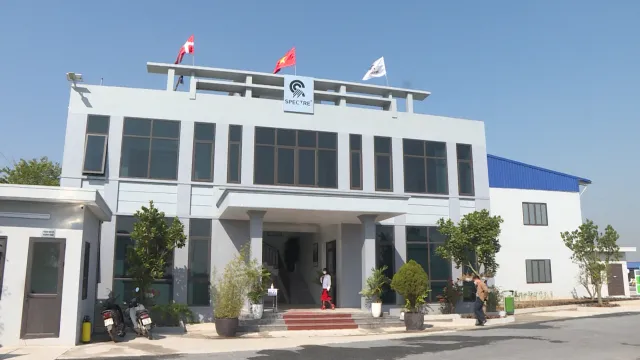
Location:
Lot 1, N5A street, Hoa Xa Industrial Park, My Xa ward, Nam Dinh city
Implementation phase:
2022
Product:
Olmas OS-500L Dehumidifier
Content:
Consultation and installation of Olmas OS-500L dehumidifier for Specter Vietnam Garment Technology Co., Ltd. factory
Comprehensive Technical Services from DeAir

In addition to a diverse range of products, DeAir provides professional technical services according to ISO 9001:2015 standards:
- Solution design consultation: A team of experts surveys the project, analyzes requirements to provide optimal moisture control solutions.
- Professional installation: Performed by a team of skilled technicians.
- Warranty and maintenance: 24-month warranty for manufacturer defects. Regular maintenance programs, fast repairs with a widespread network of technicians and readily available components. DeAir also provides maintenance services for other brands' equipment.
- Equipment rental: Meets temporary or short-term needs.
Conclusion on Dehumidifiers for the Garment Industry
Humidity control is a vital factor in the garment industry, directly affecting material quality, production efficiency, and brand reputation. DeAir industrial dehumidifiers with diverse product lines using energy-saving Heat Pump technology, especially the isothermal DeAir.CRE line, offer optimal solutions for each specialized area in a garment factory.
Choosing the right type of dehumidifier for the garment industry and appropriate capacity will help garment businesses:
- Maximize protection of raw materials and finished products.
- Enhance output product quality.
- Optimize production processes, minimize errors.
- Extend the lifespan of machinery and equipment.
- Improve the working environment for workers.
- Save operating and troubleshooting costs.
To get the most effective and economical humidity control solution for your garment factory, please contact DeAir's team of experts directly for consultation, survey, and solution design tailored to your specific scale, fabric type, production process, and requirements.
DEAIR JOINT STOCK COMPANY Phone: 0925977579 Email: deair@deair.com.vn Website: deair.com.vn Office & Factory: 442/8 National Highway 1A, An Phu Dong Ward, District 12, Ho Chi Minh City

Frequently Asked Questions When Choosing Dehumidifiers for the Garment Industry
How does air humidity affect the garment industry?
Humidity in the garment industry significantly impacts every stage from raw materials to finished products and the production process. High humidity causes fabric fibers to absorb moisture, swelling, leading to size and weight discrepancies, affecting cutting and sewing accuracy. It can also cause dye fading, color bleeding, metal accessories to rust, and leather/imitation leather to mold and peel. Conversely, low humidity makes fibers brittle and easily broken, reducing fabric strength and increasing static electricity, which makes fabric cling to dust, layers of fabric stick together (making cutting difficult), and causes discomfort for workers. During the cutting process, high humidity makes fabric sticky and hard to lay flat; low humidity causes static electricity. When sewing, high humidity reduces thread strength, causes thread breakage, makes sewing machine needles rust, and affects modern electronic machinery.

How does humidity affect machinery and equipment in the garment industry?
High humidity is the main cause of corrosion and rust in metal components on machinery such as cutting machines, sewing machines, overlock machines, and heat presses, reducing the lifespan and accuracy of the equipment. Additionally, high humidity can cause flickering and damage to circuit boards and electronic components in modern machinery.
What are common problems caused by high humidity in the garment industry?
High humidity leads to many common problems such as moldy, discolored, and odorous fabrics and finished products; rotten and easily broken sewing threads. Machinery and equipment degrade quickly and frequently break down. Humid working environments negatively affect worker health and productivity. All these issues lead to increased costs for handling defective products and machinery maintenance.
What is the recommended ideal humidity level for the garment industry?
The ideal humidity level for the garment industry typically ranges from 50% - 65% RH (Relative Humidity). Maintaining humidity within this range helps ensure the quality of raw materials and finished products, optimize production processes, and protect machinery and equipment.
What are the most effective humidity control solutions for the garment industry?
To address humidity issues, implementing humidity control solutions is essential. One of the most effective and common solutions today is the use of industrial dehumidifiers. Additionally, maintaining appropriate humidity also helps reduce static electricity, which is particularly important for insulating materials.
How does an industrial dehumidifier work and what are its benefits for the garment industry?
The most common industrial dehumidifier operates based on the condensation principle: Humid air is drawn into the machine, passes through a cooling coil where water vapor condenses into water. Drier air is then blown back into the environment. Some machines use Rotor dehumidifier technology for applications requiring very low humidity or operating at low temperatures. The benefits of industrial dehumidifiers in the garment industry include: protecting raw materials and finished products from mold and bacteria; enhancing product quality by maintaining the physical and mechanical properties of fabrics and precision in production; optimizing production processes by reducing issues like sticky fabrics, static electricity, and thread breakage; protecting machinery and equipment from rust and corrosion; improving the working environment for workers; and saving costs by reducing defective products and maintenance expenses.
How do fabric material components affect fabric humidity?
Research shows that the blending ratio of cotton and polyester significantly affects fabric humidity. The higher the cotton content in the fiber and fabric, the higher the fabric's humidity, and vice versa. This provides a scientific basis for selecting appropriate fabric materials, especially for products like workwear, where fabric humidity directly impacts user comfort.
Should Heat-Pump dryers be integrated into garment storage warehouse solutions?
Heat-Pump dryers (such as DeAir.RE-H) can be integrated as a supplementary solution for storage warehouses, especially when there is a need to dry products. The advantage is the ability for specialized drying to quickly dry slightly damp batches or products, eliminate residual moisture, handle unexpected moisture issues, and save energy compared to traditional drying. Heat-Pump dryers dry at lower temperatures, helping to protect fabric and accessory quality. However, the disadvantage is a higher initial investment cost than specialized dehumidifiers; their primary purpose is product drying, not general air humidity control in the most energy-optimal way, and they require suitable installation space for the drying process. Integration consultation should be based on the specific product drying needs of the business.
Sign up for news from DeAir
Related news






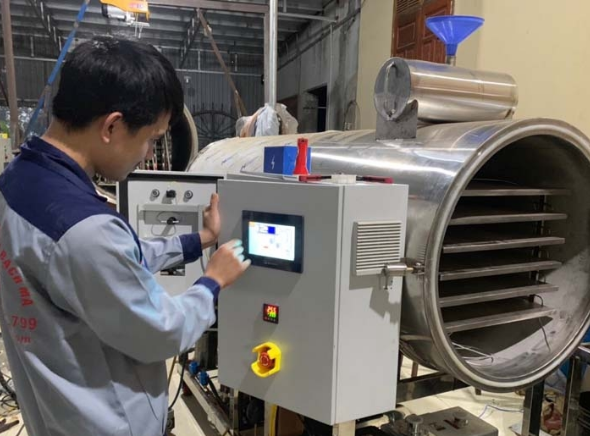



![[Case Study] DeAir Installs DeAir.De Rotor Humidity Control System for Pharmaceutical Plant in Binh Duong [Case Study] DeAir Installs DeAir.De Rotor Humidity Control System for Pharmaceutical Plant in Binh Duong](https://deair.com.vn/thumbs/news/2023_04/ban_giao_may_cho_duoc_bd/[270x153-cr]image1-1024x772.jpg__cv.webp)
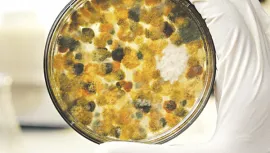
![[Review & Guide] Olmas OS-300: The New Humidity Control "Warrior" for Medium to Large Warehouses [Review & Guide] Olmas OS-300: The New Humidity Control "Warrior" for Medium to Large Warehouses](https://deair.com.vn/thumbs/news/huong_dan_su_dung_may_olmas_21/[270x153-cr]vtm06440.png)